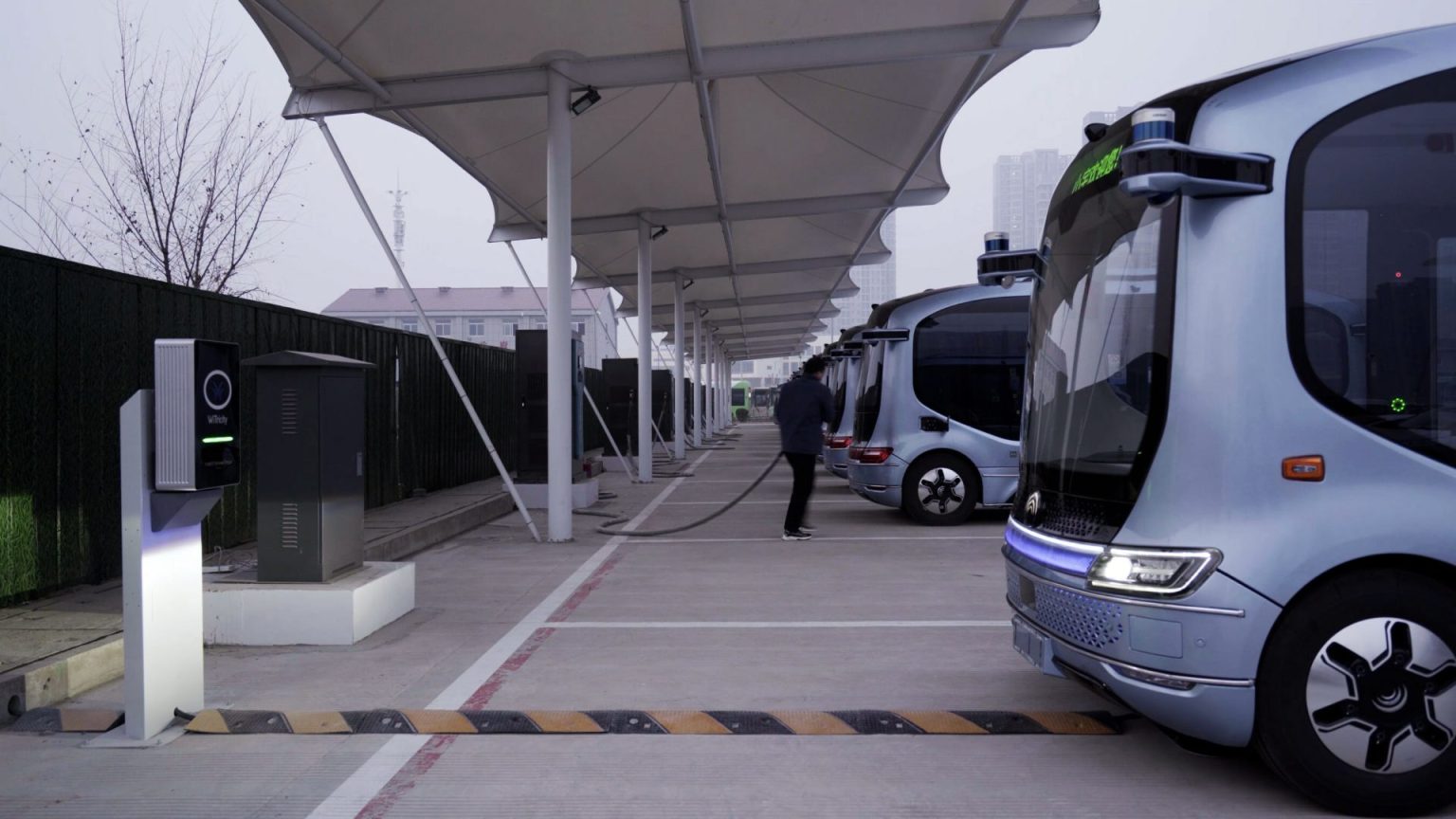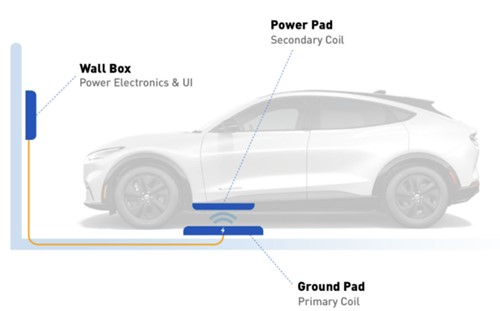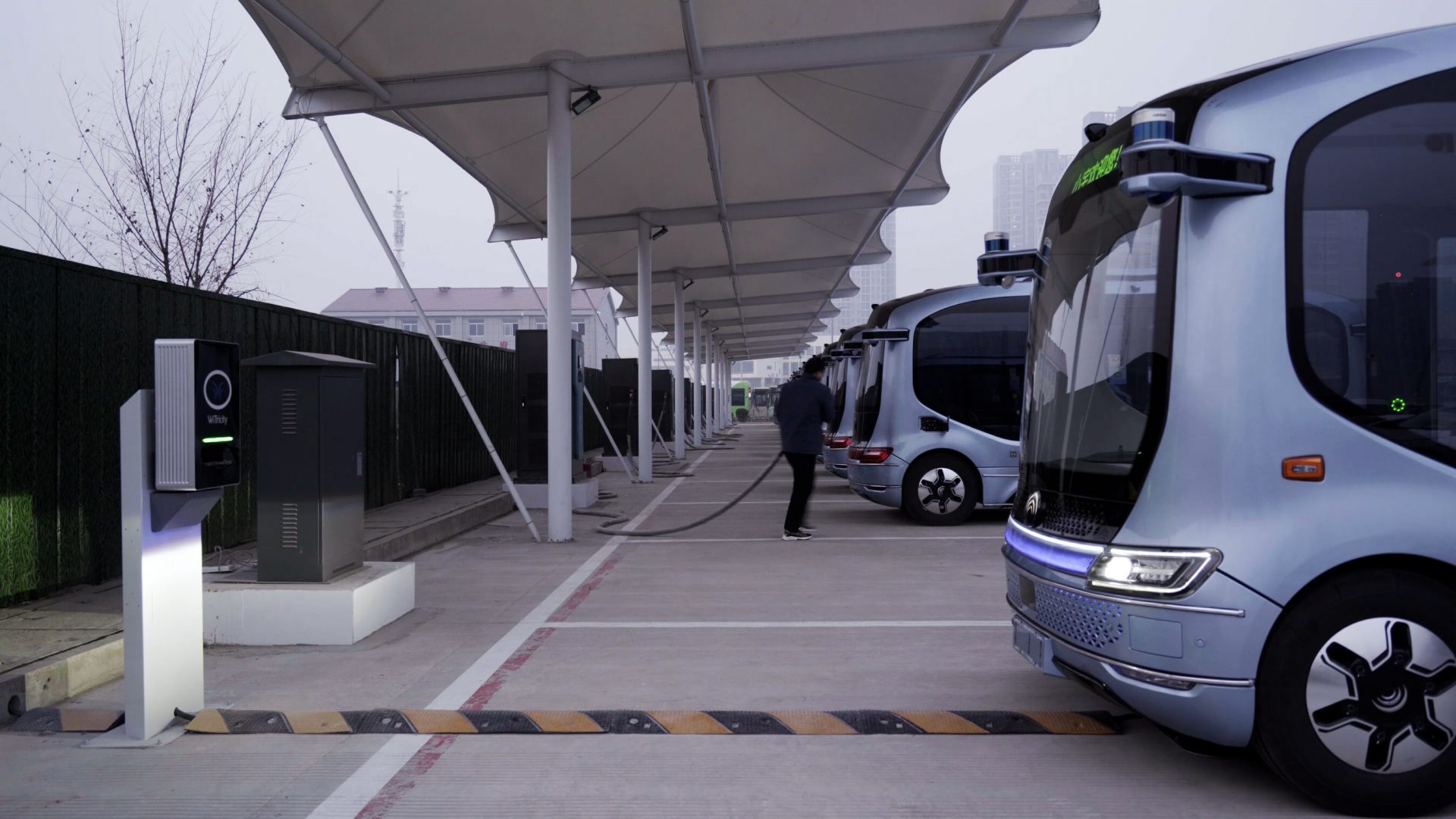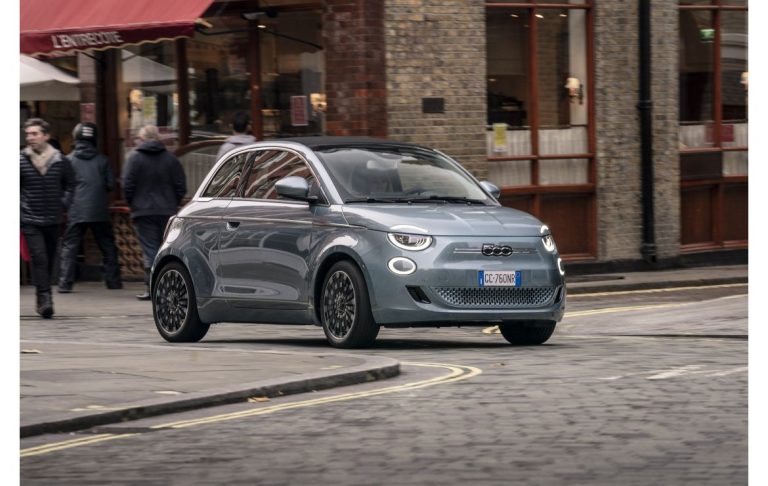WiTricity to Bring Wireless EV Charging Technology to Japan

According to Nikkei Asia, WiTricity, an American developer specializing in wireless electric-vehicle (EV) charging technology, is planning to enter the Japanese market in 2024 through its partnership with Sinanen Holdings, a fuel seller based in Tokyo.
WiTricity’s wireless EV charging technology eliminates the need for cords by allowing drivers to simply park their EVs over a charging pad. Initially, the companies’ focus in Japan will be on commercial vehicles and implementing the supporting charging infrastructure.
Their expansion into the Japanese market follows WiTricity’s successful operations in the United States and Europe. By leveraging Sinanen’s existing retail sales channels for electricity, WiTricity intends to target their solutions to commercial facilities and logistics companies. While the pricing details are yet to be finalized, the aim is to make their offerings comparable in pricing to standard EV chargers.
The wireless charging system developed by WiTricity utilizes encased coils on both the transmission and receiving ends. Horizontal transmission equipment installed on the ground transfers power through a magnetic field to the receiving equipment located on the underside of the EV. This system provides an output of 11 kilowatts (kW), enabling a vehicle to travel approximately 150 kilometers after a three-hour charge. Moreover, the technology allows for reverse power transfer, enabling EVs to act as power sources. Wired Level 2 EV chargers have an output between 6 and 19 kW.

WiTricity, founded by professors from the Massachusetts Institute of Technology (MIT), boasts prominent investors such as Mitsubishi Corp. and Toyota Motor. The company’s technology is based on magnetic field resonance, which enables power transmission without the need for direct contact. This means that EVs can be charged even if they are slightly misaligned with the parking pad.
Looking forward, WiTricity envisions future systems that would allow for the recharging of EVs while they are in motion, utilizing in-road coils.
What are the benefits of wireless EV charging?
Wireless charging eliminates the need for physically plugging in a charging cord, making the charging process more convenient and user-friendly. Drivers can simply park their vehicles over a charging pad without any hassle.
Additionally, with wireless charging, there are no physical connectors that can wear out over time, reducing maintenance requirements and potential points of failure. EV charger reliability has been a consistent issue for EV drivers, particularly in the US, and is one of the key contributors to EV range anxiety.
Furthermore, wireless charging pads offer more flexibility than their wired counterparts, as they can be installed in various locations, including public parking lots, residential garages, and commercial facilities. This flexibility expands the accessibility and availability of charging infrastructure for EV owners. This is particularly beneficial in Japan where many residents live in multi-unit dwellings in high-density urban areas. Home EV charging is one of the main barriers to EV adoption inside Japan.
WiTricity’s planned deployment of its solution in Japan could offer several opportunities given the unique challenges that characterize the market. A successful rollout in Japan could prompt a major shift in the approach to EV charging and supporting infrastructure worldwide.
More From CleanEarth










